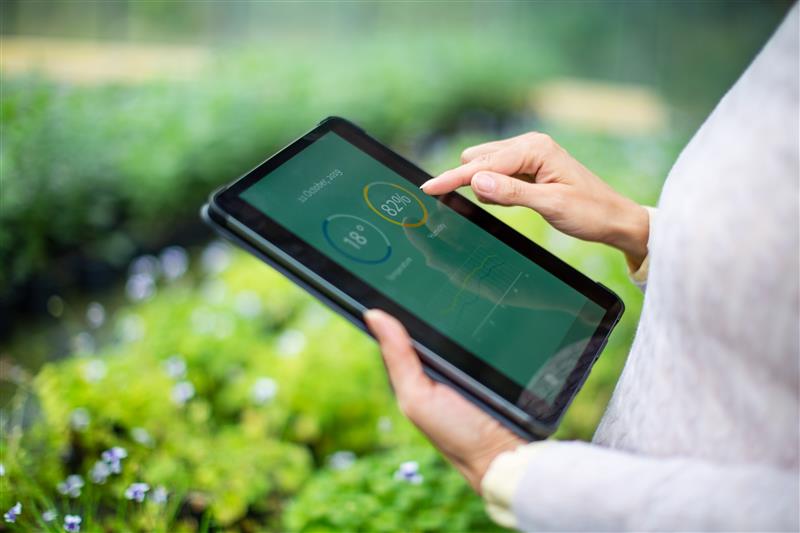If you’ve ever wondered how your company can not only survive but thrive and leave a positive mark on the future, one of the main answers lies in digitalization. Beyond a simple technological upgrade, we’re talking about a profound transformation that enables you not only to become more competitive and efficient, but also to embrace sustainability in a real and tangible way.
In Spain, companies integrate technology into their business in search of smart and responsible growth, and when digitalization is oriented towards sustainability, its benefits multiply. This approach, known as ‘green digital,’ integrates technological innovation with responsible practices to reduce the environmental impact and optimize the use of resources.
Green Digital: the union between technology and sustainability
This concept, known as green digital or Green Digitalization, refers to the use of digital technologies to reduce the environmental impact of companies and promote more sustainable practices.
In the energy sector, for example, digitalization enables smart management of electrical grids that optimizes distribution and reduces energy losses. It also makes it easier to integrate renewable energy sources and monitor consumption in real time, unlocking the potential for substantial energy savings. According to data from Red Eléctrica de España (REE), the Spanish state-owned power transmission operator, digitalizing the grid was key to achieving a record 50.8% of electricity demand met by renewable energy in 2023.
Digitalization also reduces the need for paper, decreases physical travel, and enables resource optimization through data analytics. Ultimately, digitalization is a powerful lever that allows Spanish companies not only to grow economically, but also to actively contribute to a more sustainable and environmentally responsible future. Innovation and sustainability are no longer separate paths—they’re two sides of the same coin.
How to implement sustainable digitalization in your company
The implementation of digitalization in a company is a strategic and methodical process that does not happen overnight. When approached from the green digital approach, this transformation not only improves efficiency and competitiveness, but also reduces environmental impact and optimizes the use of resources.
1. Conduct a comprehensive audit of processes
Before investing in technology, it is essential to analyze how your company currently operates. In a green digital approach, this audit should include measuring energy consumption, material use, and waste generation.
Identifying areas with the highest environmental impact will help you prioritize digital solutions that reduce those effects.
2. Select digital tools that optimize energy and resources
Not all technological solutions have the same impact. Opt for cloud software that uses data centers with energy efficiency certifications, low-consumption devices, and systems that allow for the optimization of the use of resources.
Prioritizing digital solutions that optimize the use of energy and materials allows digitalization to also be a lever to reduce the environmental impact.
3. Educate and raise awareness in your team
Digitalization only works if the people who use it are trained to do so.
Training programs should include not only the use of new tools, but also sustainable digital practices, such as reducing unnecessary data storage, optimizing the use of energy in devices, and promoting digital communication to avoid travel.
4. Monitor and adjust continuously
Continuously monitor and adjust—digitalization is a living process. Within a green digital framework, monitoring should include sustainability indicators such as energy savings, emissions reduction, and responsible resource use.
Analyze the results and adjust strategies to maximize both economic performance and positive environmental impact.

